Trump’s second tone: authoritarian, radical and triumphalist in a divided US
US President Donald Trump claimed that “national unity is now returning to America” in an inaugural speech marked by vows to radically change government. But a razor-thin Republican majority in Congress and a divided electorate could complicate his plans.

US President Donald Trump’s inaugural address on January 20 revealed the key themes of his rhetoric–triumphalism and overt authoritarianism–and provided insight into the programme he wants to implement. However, accomplishing his goals will not be easy amid deep divisions within the country that narrowly elected him.
The triumphant hero: martyr and messiah
In his 2017 inaugural address, Trump delivered a populist message decrying “the establishment” for the “carnage” afflicting “forgotten Americans”. Eight years later, in the longest inaugural speech in four decades, he painted a starkly different picture–one of a victorious and ambitious country with himself as both its savior and an embodiment of its triumph.
Trump used the words “I,” “me” and “my” 50 times in his 2025 address, compared to just four in 2017, deliberately merging his personal identity with that of the nation.
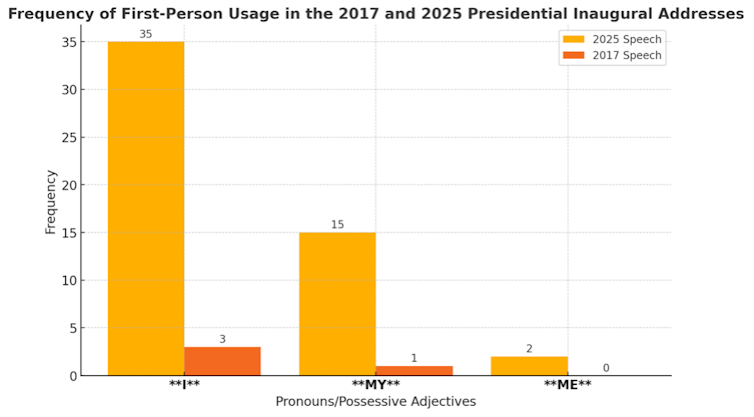
He cast himself as both a hero-martyr –“tested and challenged more than any president in our 250-year history”– and the sole leader capable of solving the country’s problems. He linked his personal journey to divine intervention, declaring that God had saved him on July 13, the day he survived an assassination attempt in Pennsylvania, “I was saved by God to make America great again.”
A radical crackdown on immigration
Trump’s stance on immigration is significantly more extreme than his 2017 agenda. While his first term focused on reinforcing borders, he now frames illegal immigration as an “invasion” requiring military intervention. On inauguration day, the president signed several executive orders, including one seeking to eliminate birthright citizenship despite its protection under the 14th Amendment. His hardline approach energizes supporters within his conservative base, some of whom subscribe to the “great replacement” theory and view his policies as necessary to preserve American identity.
Culture wars: race, gender and education
In his second inaugural address, Trump expanded his rhetoric to encompass culture war issues, aggressively targeting diversity, equity, and inclusion (DEI) policies in US workplaces. He accused the state of “socially engineering race and gender into every aspect of public and private life”, and then began dismantling programmes promoting equality, including recruitment efforts aimed at hiring racial and sexual minorities within the federal government.
His executive orders rescind measures dating back to the Civil Rights era, including one from president Lyndon B. Johnson mandating equal opportunity policies for federal contractors. Echoing president Ronald Reagan, Trump framed these actions in anti-racist language –“We will forge a society that is colorblind and merit-based”– disregarding the well-documented realities of systemic racism.
Trump also asserted that “there are only two genders, male and female”, and has signed an order recognizing only biological sex at birth. Framing this move as a defense of women, he argues that their “safe spaces”, including bathrooms and sports competitions, must be protected from individuals who “identify” as female.
In education, he decried critical perspectives on US history as “unpatriotic”, insisting that schools instill national pride instead of “teaching our children to hate our country”. His plan includes reducing or eliminating federal funding for schools that teach “inappropriate racial, sexual, or political content” or mandate vaccines and mask-wearing–despite education policy largely falling under state jurisdiction.
Reviving founding myths
Trump’s historical narrative is steeped in romanticized patriotism. He revived the myth of “the frontier”, a late 19th century ideal portraying westward expansion as the ultimate symbol of American dynamism. This narrative ignores histories of the genocide of indigenous peoples and environmental destruction.
His vision of “inexhaustible” natural resources –particularly shale oil and gas, described as “liquid gold”– reflects this ideology of relentless economic expansion and 19th century “bonanza economics”. By rejecting US conservationist traditions, Trump is prioritizing industrial growth over environmental sustainability.
Expansionism reimagined: from the frontier to space
Trump draws inspiration from president William McKinley (1897–1901), an advocate of expansionism during the Spanish-American War, which brought territories such as the Philippines and Puerto Rico under US control. Reviving the concept of “manifest destiny”, he merged exceptionalism with expansionism, vowing to “plant the American flag on Mars.”
Trump restated his intention to rename the Gulf of Mexico the “Gulf of America”–a gesture with little practical impact given that much of the gulf lies outside US territory. While he has expressed interest in purchasing Greenland (which he has also claimed to be willing to take over) and even annexing Canada, he mentioned neither in his inaugural speech. However, he did promise to take control of the Panama Canal, justifying the move with a series of lies and exaggerations regarding its history and operation.
A new golden age or “Gilded Age”?
Trump’s admiration for McKinley extends to his economic policies. He envisions a protectionist strategy driving national reindustrialization. Yet, McKinley’s era–the “Gilded Age”–was marked by extreme inequality, a lack of income and corporate taxes, minimal regulation and rampant corruption. The wealthiest figures of the time, later dubbed “robber barons”, mirror the oligarchic ambitions of Trump’s current supporters.
Ironically, as economist Douglas A. Irwin notes, the economic prosperity of the late 19th century was not driven by tariffs but by mass immigration. Between 1870 and 1913, the US population doubled due to an influx of unskilled laborers, a reality at odds with Trump’s strict immigration agenda.
A nation divided under an assertive authoritarianism
Trump’s vision, as outlined in his speech, is one of maximal presidential power, where justice is subordinated to political goals. His decision to pardon over 1,500 individuals convicted for their involvement in the January 6, 2021 Capitol riot underscores this authoritarian approach, reinforcing the idea that traditional laws do not apply to his most loyal and even violent supporters.
He has also launched a sweeping purge of the federal administration, citing “integrity, competence, and loyalty” as guiding values. Additionally, he has openly planned to use the Justice Department and FBI for political purposes.
Unlike previous presidents, Trump made no effort to unite a deeply divided nation during his address. He ignored the tradition of acknowledging his predecessor, Joe Biden, and instead declared his electoral victory proof that “the entire nation is rallying behind our agenda.”
However, the US remains fractured politically. Trump secured less than 50% of the popular vote in the November election, his party holds the narrowest House majority since the 1930s, and he entered office with one of the lowest initial approval ratings in 70 years–just 47%. His personal favorability was even lower, hovering around 41% (Reuters, NPR).
This polarization is evident in the public reaction to his most controversial policies, such as his pardoning of the January 6 rioters just after his inaugural address. While his base celebrates these decisions, the broader American public largely disapproves. The fundamental question remains: can US institutions withstand the growing tensions? Without majority support, realising Trump’s most radical societal and political agenda may prove an uphill battle.![]()
Jérôme Viala-Gaudefroy ne travaille pas, ne conseille pas, ne possède pas de parts, ne reçoit pas de fonds d'une organisation qui pourrait tirer profit de cet article, et n'a déclaré aucune autre affiliation que son organisme de recherche.




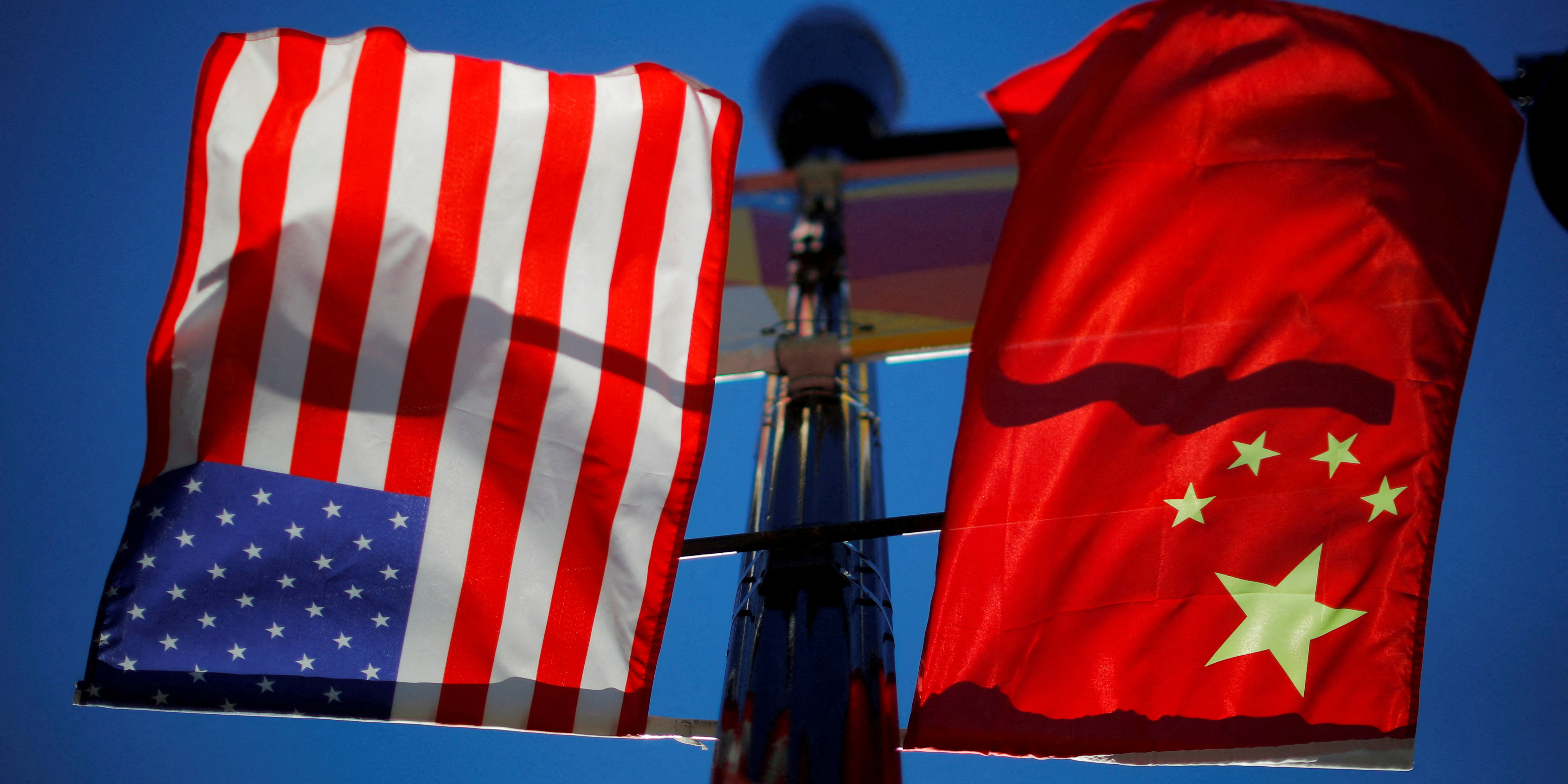
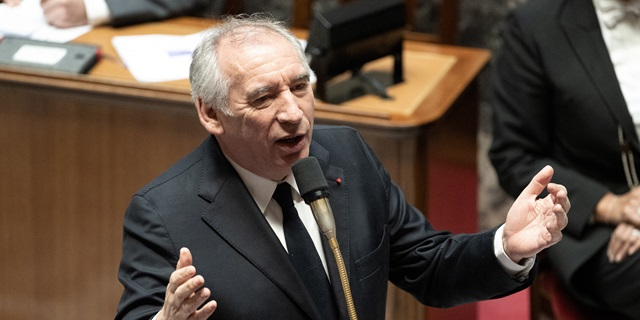
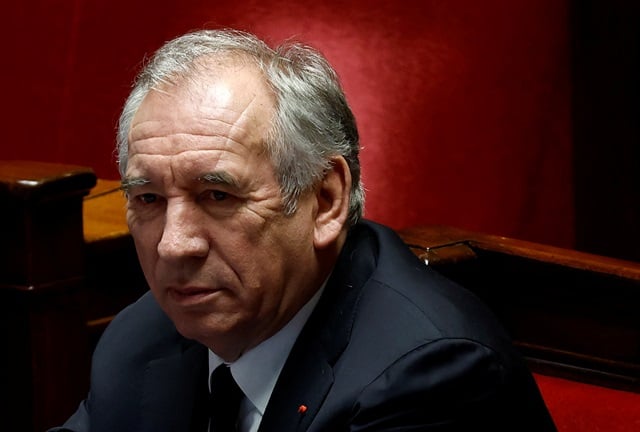


![[RÉACTION] « Les catholiques ne doivent plus baisser la tête »](https://media.bvoltaire.fr/file/Bvoltaire/2025/02/raffray-616x346.jpg?#)

![[EDITO] Sécu : 14,5 millions de remboursés fantômes ! On fait quelque chose ?](https://media.bvoltaire.fr/file/Bvoltaire/2024/10/securite-sociale-616x411.jpeg?#)
































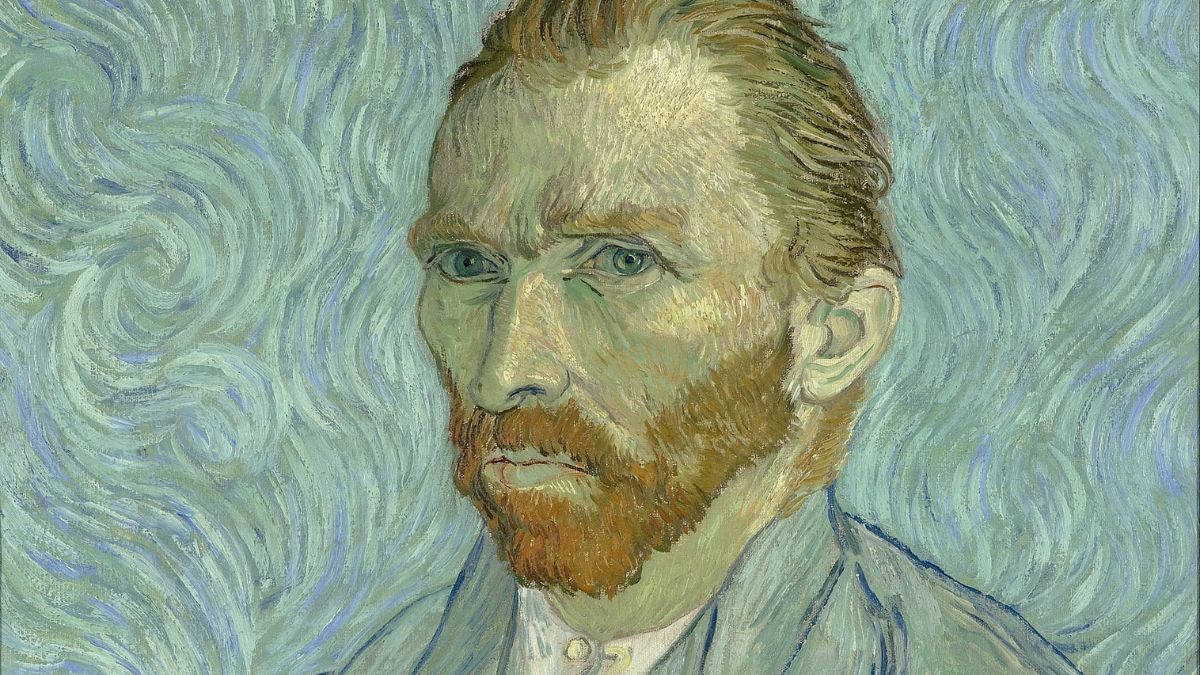
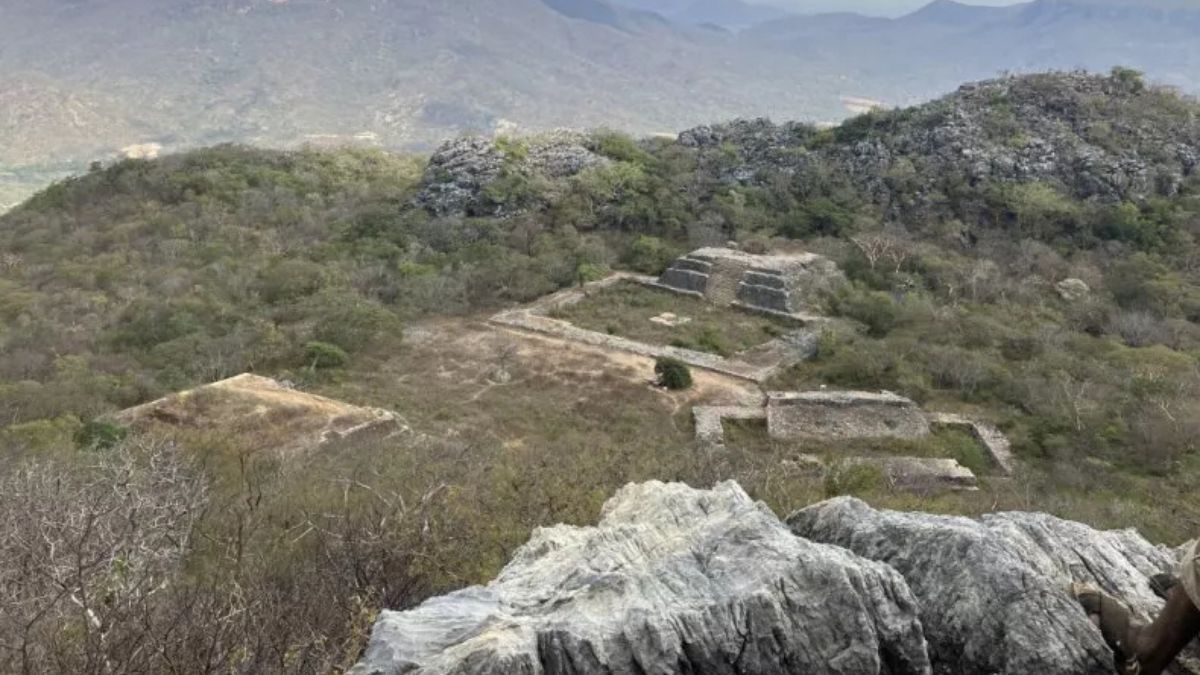





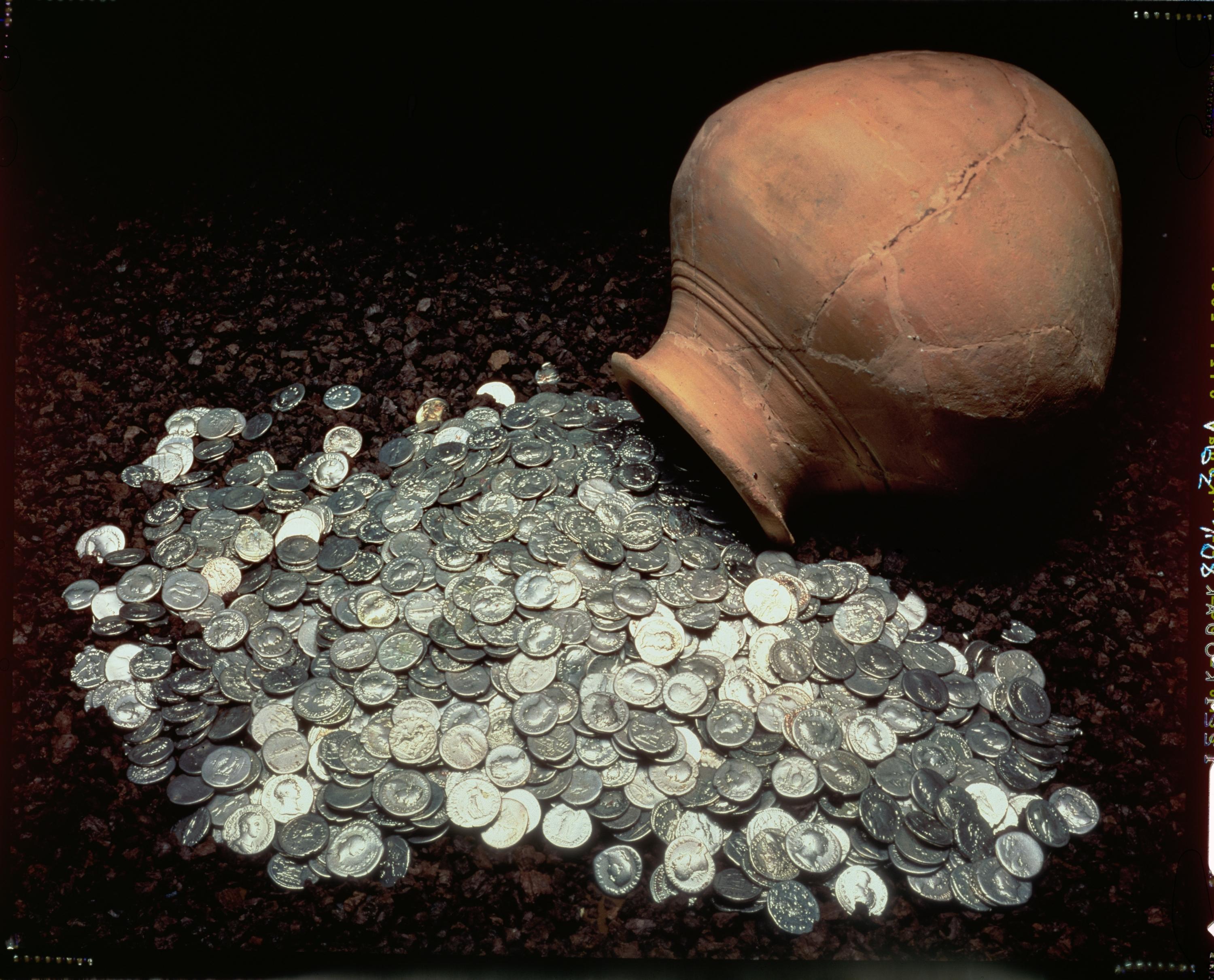






![[PREVIEW] GRAVELORD : un rétro-FPS nerveux et rapide pour nos amis les boomers](https://s3.nofrag.com/2025/02/GRAVELORD.jpeg)













